El Museu Jordà/Mas de les Figures (The Jordá Museum/The House of Figures)Josep Jordà i Olivé (1865 – October 3, 1953)
Threatened
Tarragona, Catalonia, 43001, Spain
The site is difficult to find, but it is open and free to walk around. There are very few sculptures that remain extant, and certainly nothing that gives a sense of the crowded landscape that once held hundreds of life-size figures.
About the Artist/Site
Josep Jordà inherited the occupation, the workshop, and the clients of his parents, makers of the twisted rope shoes worn by peasants known as espardenyes. He worked at this vocation from the time he was a young boy, and became so renowned for his skill in creating these shoes that he even supplied the Mossos d’Esquadra, the police. He spent time alternating this vocation with working his family’s land, and was known, as a youth, as a jovial and happy man.
However, this changed as he aged and he became more agitated and irritable, until, it is said, he developed serious psychiatric problems resulting from neurasthenia. His doctor counseled him to relax and find a hobby to distract himself. The reported dates of Jordà’s initial sculptural efforts vary from 1910 to the end of the 1920s, but it is most likely that he began around 1929, and it is said that after having visited Antoni Gaudí’s Parc Guell in Barcelona, some 70 miles north, he developed an interest in sculpture. With neither background in art nor experience sculpting, one rainy afternoon he grabbed a handful of the clayish mud on his land, something he had never done before, and modeled a head of a peasant. This seemingly serendipitous act became the start of something big, something that changed the identity of this shoemaker forever, in the process improving not only his psychic, but also his physical state. As one newspaper reporter wrote in 1933, Jordà had ignored the artist within for more than sixty years, so he needed to make up for lost time.
From that point on, focused and hard-working, Jordà spent some twenty-five years imagining and building, and ultimately created some 200 (some accounts say 400) just smaller than life-size figures that he installed directly on the grounds of his land on the northern outskirts of Tarragona. Within the first ten years, he had covered most of the 74-acre property with his sculptures; in fact, with the great density of works in some areas, certain parts of this fairly expansive acreage began to feel rather crowded. Identified at its entrance by two pyramidal pillars built up from stones and the handmade sign Museu Jordà, it became popularly known as the Mas de les Figures, the country house of figures.
Jordà built the figures outside on flattened areas of the natural limestone, where they were sited and where they would remain, modeled directly with rapid-drying cement to which he added a bit of straw for strength, layered in concentric circles upon a modest infrastructure typically constructed from low-fired bricks or stones found on site. This self-taught technique created a weight unwarranted for the size of the figures, however, and caused problems with stability and balance that might have been avoided if the cement had been reinforced and layered over a more robust and interlaced armature. Occasionally he would insert a simple framework of steel wire to enhance stability and enable him to counter gravity by extending arms on his figures, placing swords in their hands, or appending ears and tails on the animals. If he had used such an extended interior support more broadly, it may have prevented the fissures at vulnerable joints that encouraged brittleness and the fragility that was eventually terminal to the life of so many of his statues. He worked quickly so his mortar would not dry up and become unusable, but his skills were insufficient, and his shapes were crude and coarse. He finished off the sculptures by sealing the surfaces with a layer of griffi, a fine, white-colored top coat of cement, and left most of them uncolored.
Jordà’s attempt at realism—and even portraiture (witness statues of specifically identified politicians, bullfighters, and even his parents)—was characterized by prominent cheekbones, bulbous noses, protruding brows, and body parts that were typically not to scale. But he was not disconcerted by this incongruity, and adorned his figures with hairdos, clothing, and various accoutrements appropriate to their individual characters. In the years of the Second Republic before the Civil War, a time of great liberty and progressivism, the Museu Jordà became extremely popular.
With wariness and privations setting in as the Civil War took hold of the peninsula, however, tourism naturally fell off. Jordà quietly and discretely continued to work nevertheless, albeit with fewer resources. Catalunya in general was a Republican stronghold, and the Nationalist Army led by Franco took particular pleasure in subjugating and terrorizing its citizens. After Franco’s victory, such free artistic behavior as Jordà’s became suspect. As early as 1931, the Museu also suffered premeditated sabotage by those who disagreed with Jordà’s political sympathies or disapproved of his permissive tendencies. Too, being so close to the road and thus easily visible, Jordà’s works suffered occasional vandalism, even while he was working on site. Following the Civil War and World War II the Museu went through a period of relatively little change. In 1935 Jordà decided to close the park to the public in order to protect those statues that remained, and while he still entertained some visitors, he felt that it would not long survive him. In fact, although he worked on the site until he died, after his death in 1953, the site was left without protection and little by little the statues were demolished. Today, it is rare to find pedestals remaining vertical, and the figures—or remnants of ruined figures—are even scarcer.
The site is difficult to find, but it is open and free to walk around. There are very few sculptures that remain extant, and certainly nothing that gives a sense of the crowded landscape that once held hundreds of life-size figures.
~Jo Farb Hernández, 2014
Contributors
Map & Site Information
Tarragona, Catalonia, 43001
es
Latitude/Longitude: 41.1145121 / 1.2493976
Nearby Environments


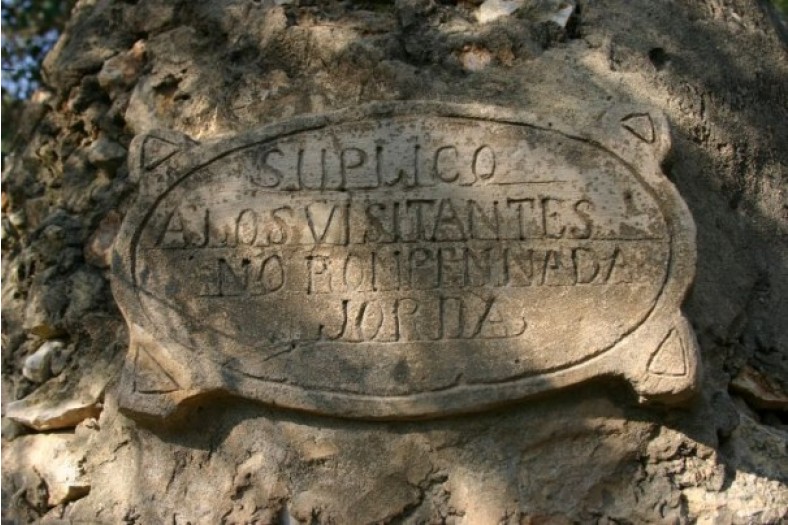
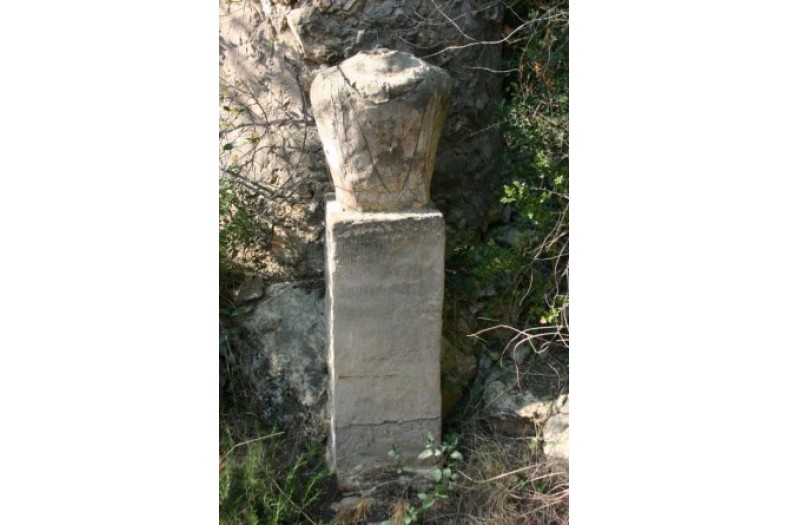
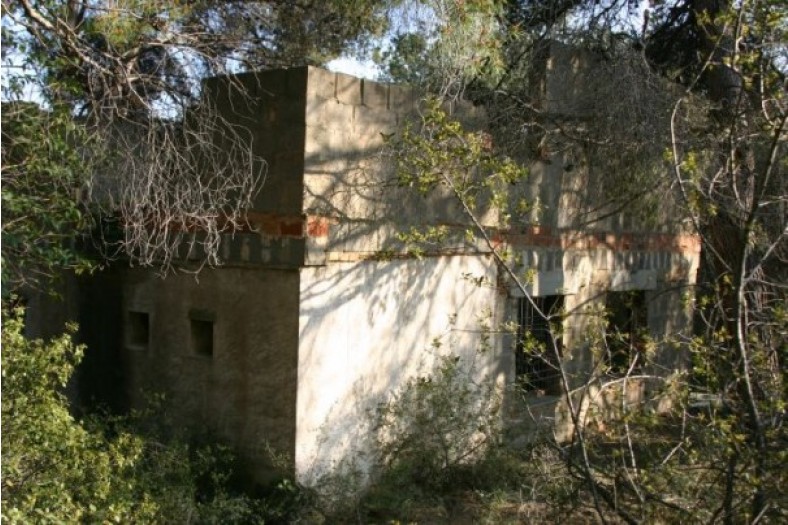
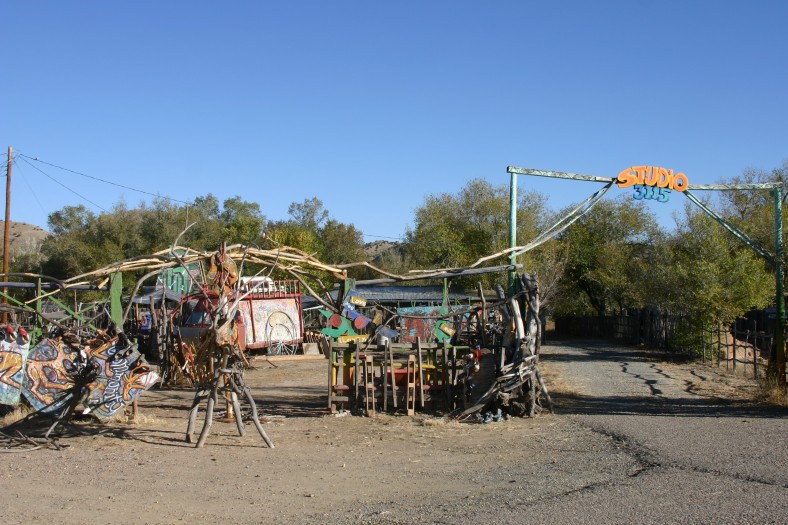
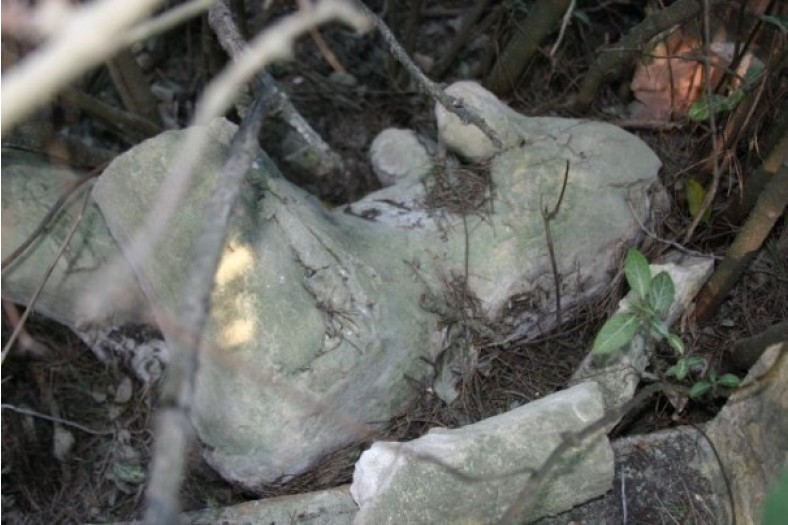
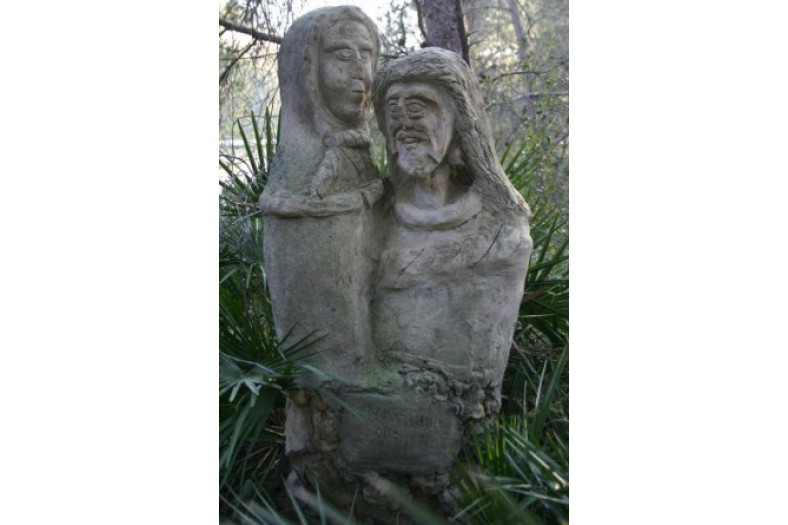
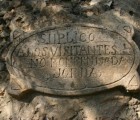
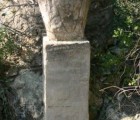
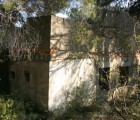
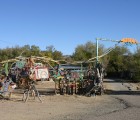
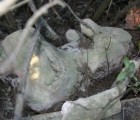
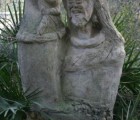
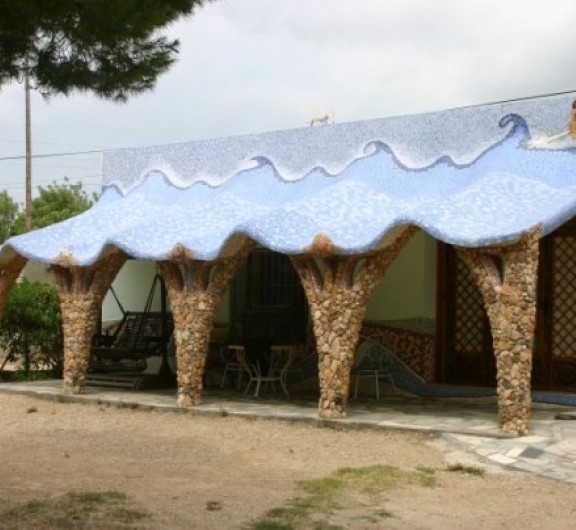
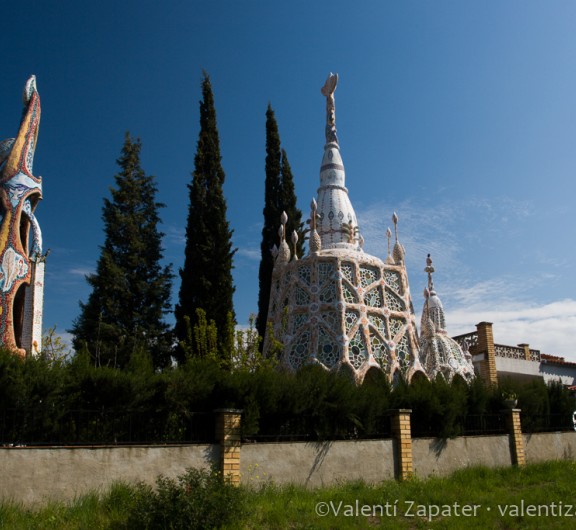
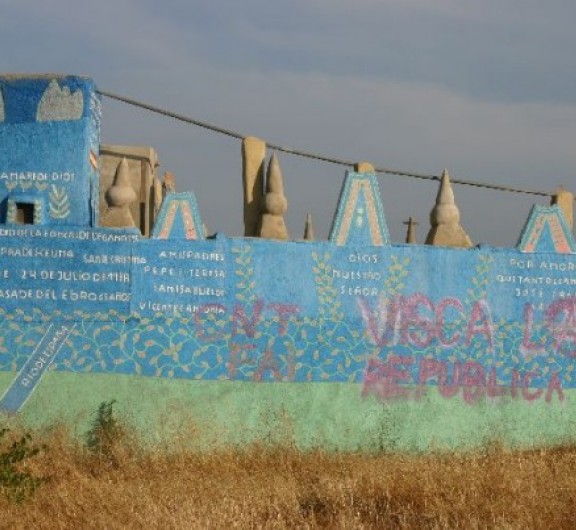
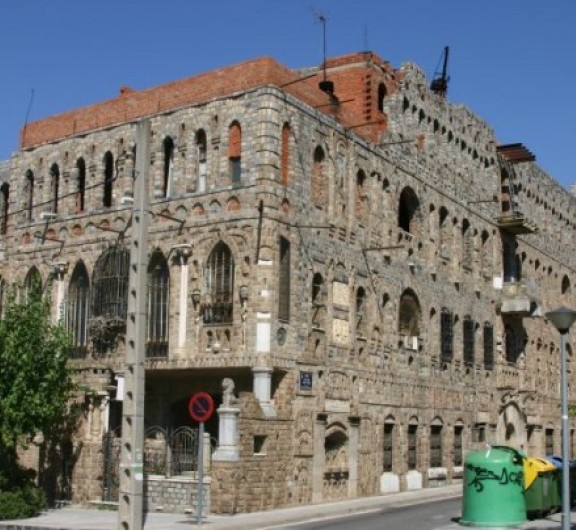
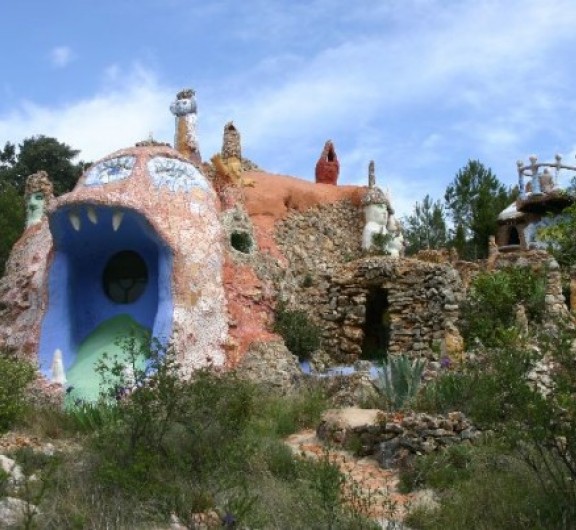
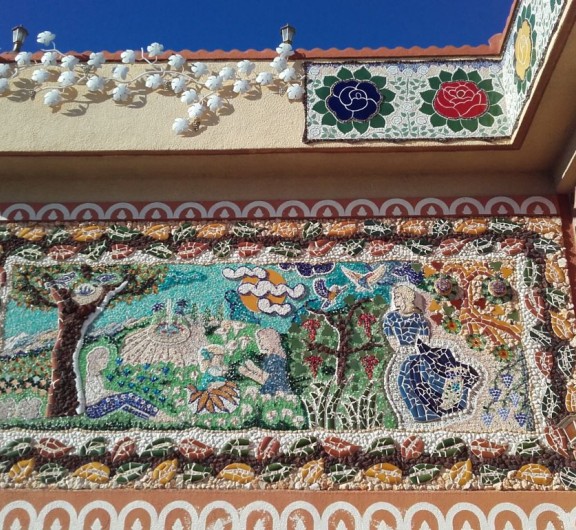

Post your comment
Comments
No one has commented on this page yet.